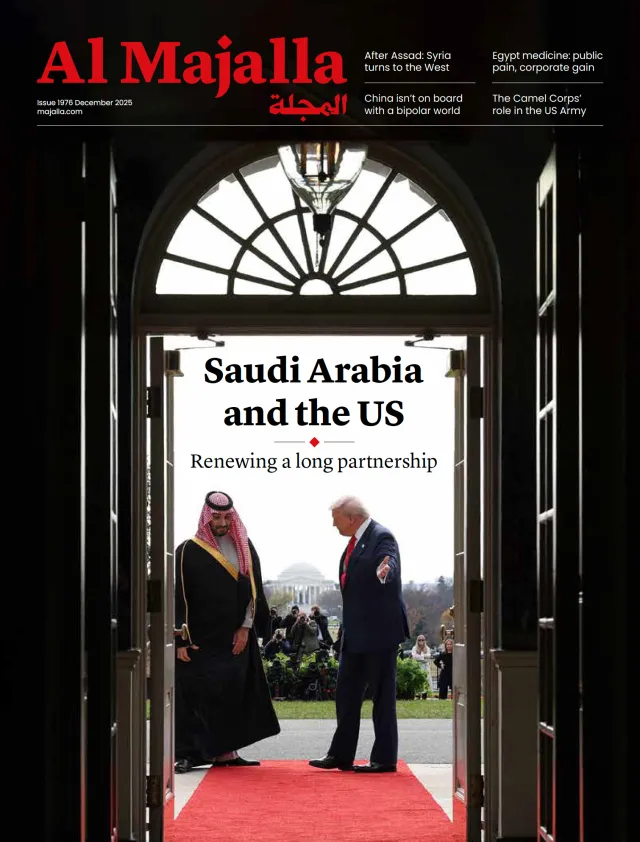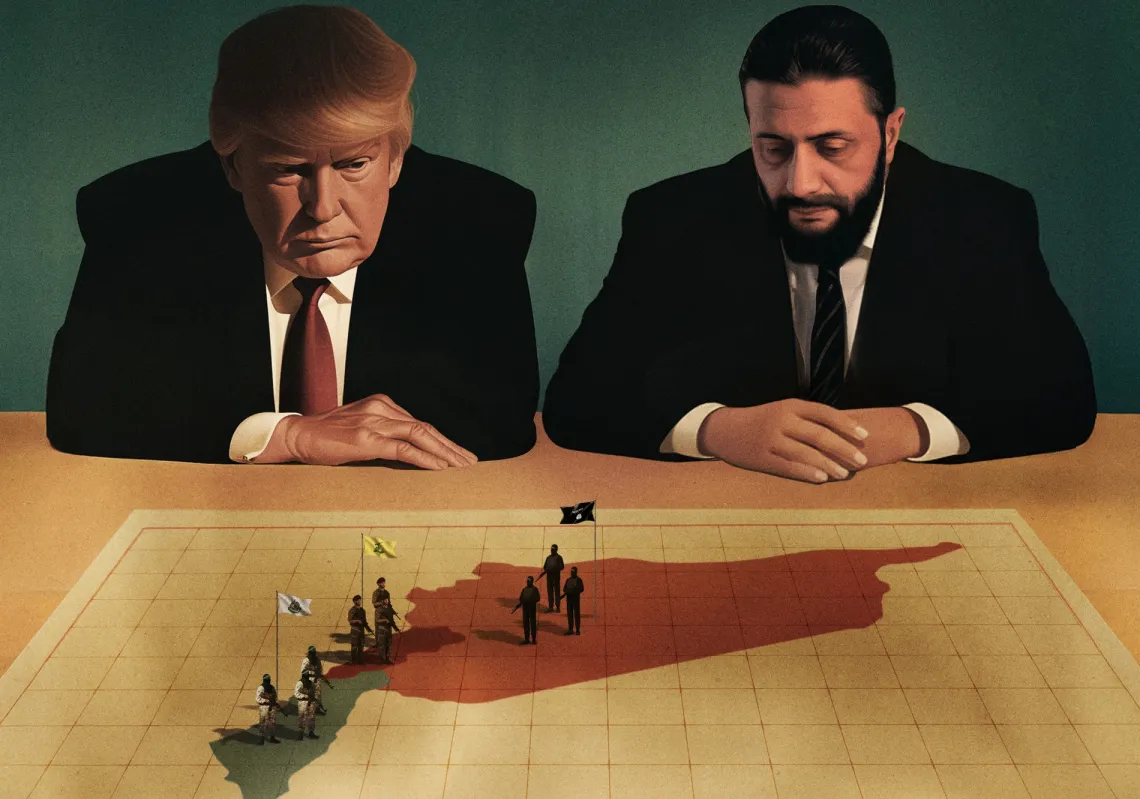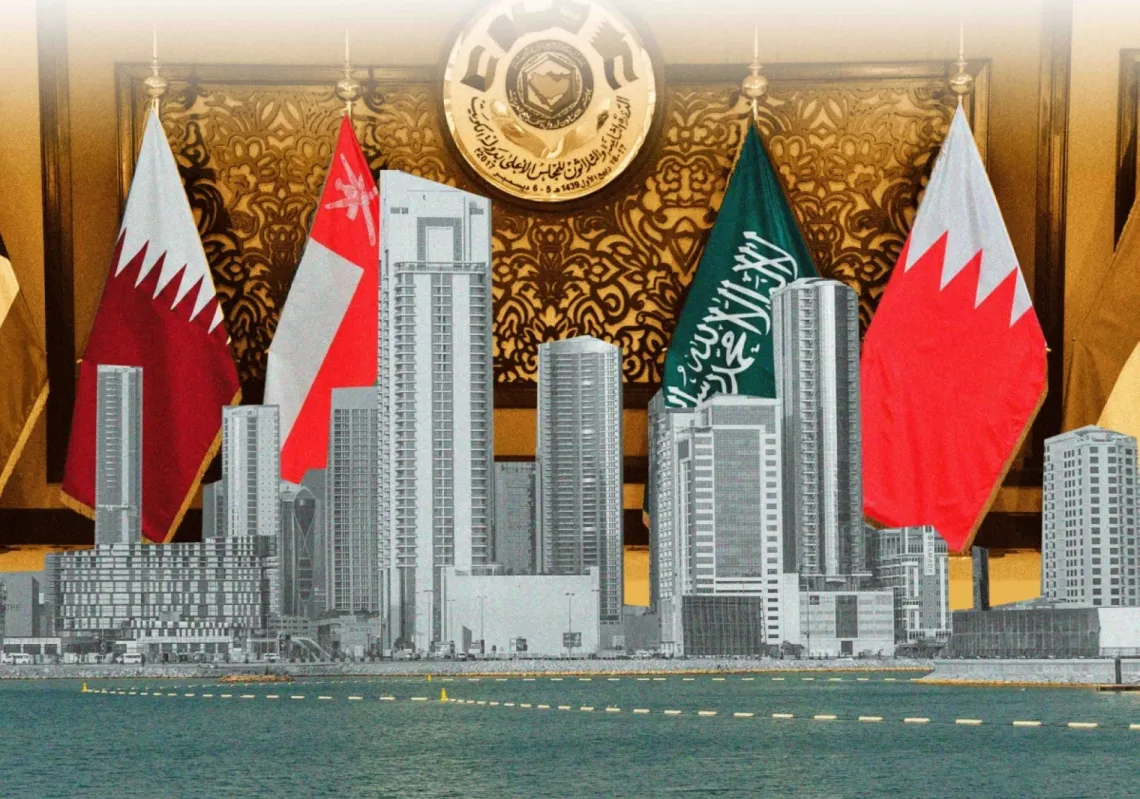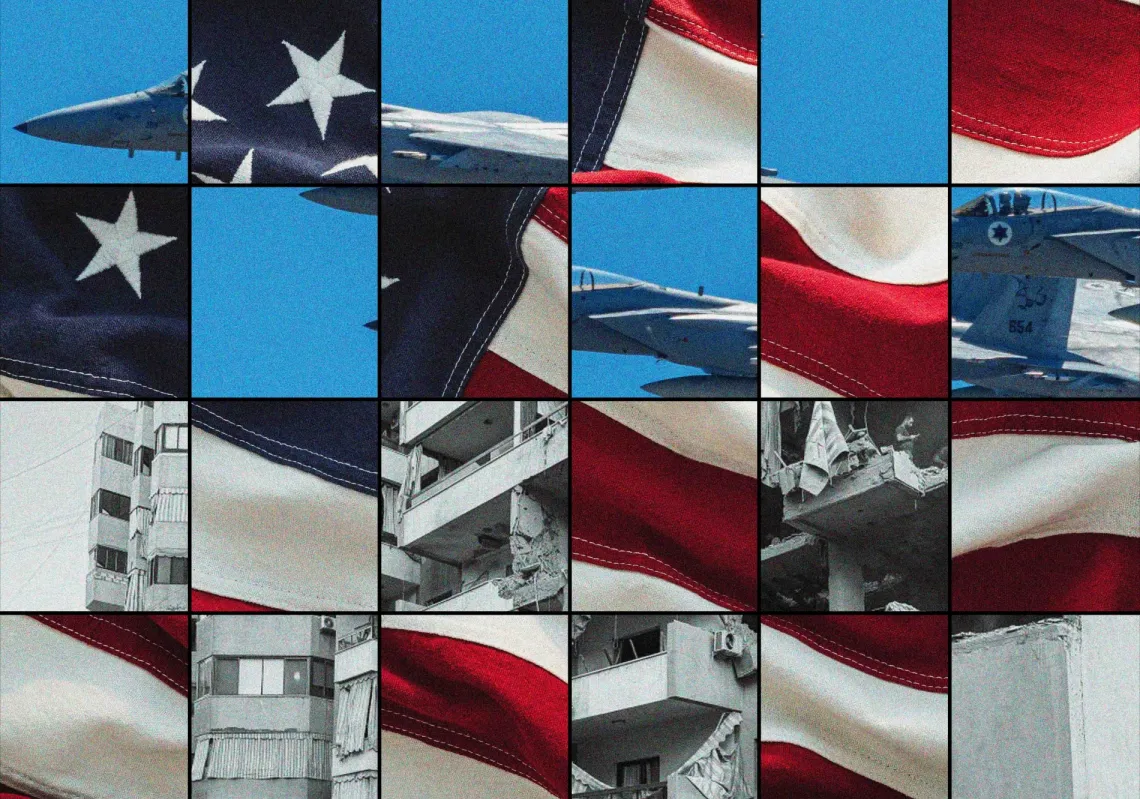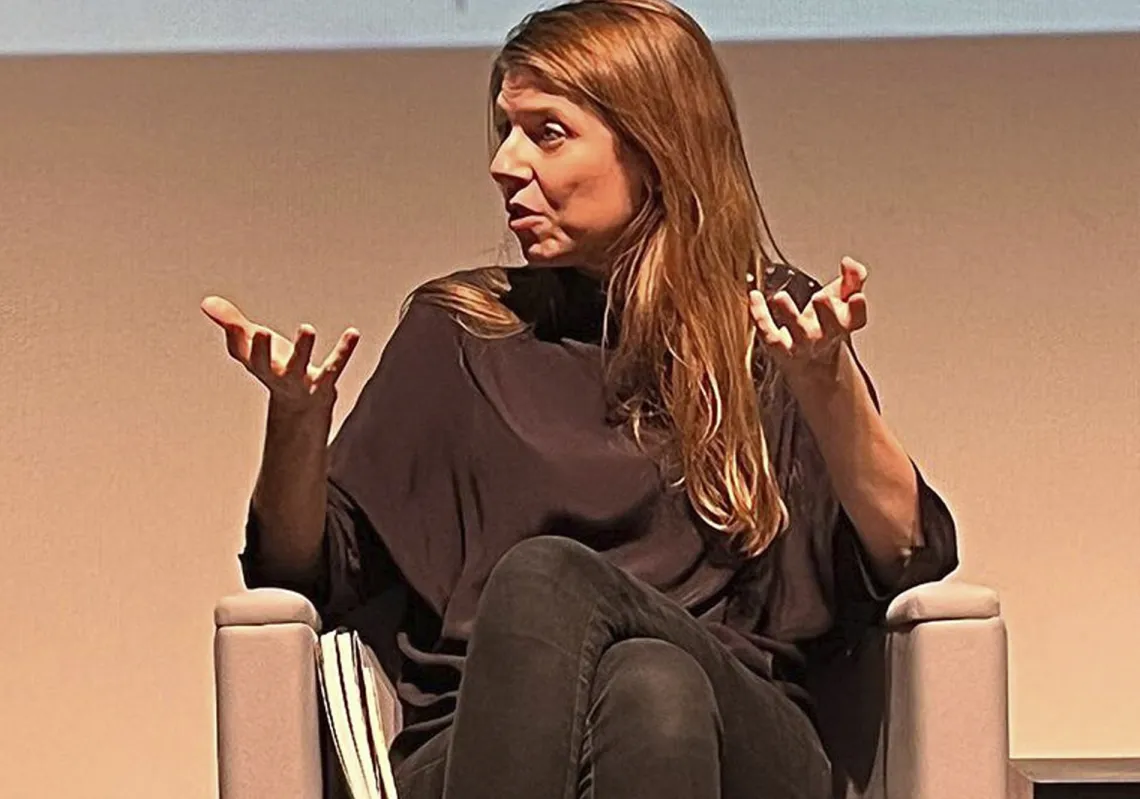Israel's unprecedented attack on Iran is hardly surprising. It follows decades of animosity, proxy battles and covert intelligence operations. But assertions made by talking heads that Iran's government is on the verge of collapse are incredulous for many reasons. They overlook the fact that Iran's leaders have a sizable and loyal popular base, as well as solid institutions, making the collapse of the Iranian state at the hands of the US—let alone Israel—therefore highly unlikely.
Here Al Majalla takes a look at how the Islamic Republic of Iran came to be, its complexities, what makes it so resilient and what could happen should President Donald Trump decide to involve the United States in Israel's war directly.
How it all began
The Islamic Republic of Iran emerged following a long and arduous path, beginning with the overthrow of the Shah in a sweeping popular revolution of 1979. That was followed by a sweeping purge of senior figures from the old order—particularly in the military and security establishment—through a wide-reaching campaign of executions.
The new state was then forged in the crucible of war with Saddam Hussein's Iraq (who was being backed by the US). It was a brutal yet formidable test of its endurance. In the post-war years, Iran underwent a period of reconstruction, during which the Revolutionary Guard steadily grew its influence, entrenching itself in state institutions and key sectors of the economy.
Throughout its transformative phases, there were no mass uprisings or movements that posed an existential threat to the state. In fact, preserving the system remained a shared commitment across the two dominant political camps alike— conservatives and reformists—even though smaller factions called for deeper and more structural change.
There have been protest movements over the years—such as the 2009 Green Movement and the 2022 Mahsa Amini protests—but they were never big enough to bring about the state's collapse. These movements remained largely confined to urban, youth-driven spheres and failed to mobilise the broader social forces needed to topple the government. And while their demands are valid and often principled, they do not represent the majority of Iranians.
Importantly, the rural and influential merchant class— particularly those tied to the oil economy—did not join these popular protests. This is the same group that played a crucial role in toppling the Shah's regime by depriving it of both popular legitimacy and financial lifelines. And these forces remain closely aligned with Iran's current government. It's also important to note that the worldview of the majority of Iranians remains closely aligned with the Islamic Republic of Iran.

Impact of sanctions
Iran's economic harships can be blamed on a variety of factors: first and foremost, international sanctions are chiefly to blame. However, widespread corruption and the creeping control of the Revolutionary Guard over the state economy have exacerbated the problem. This section of the military has a powerful grip on Iran’s most profitable sectors—including telecommunications and state-awarded construction contracts —imposed through its Khatam al-Anbiya headquarters, where its commander was killed in the first wave of Israeli air strikes.
Meanwhile, four decades of sanctions have made Iran's leaders experts at circumventing Western restrictions, through the creation of shell companies, the manipulation of legal loopholes, and reliance on transnational networks aided by international partners willing to prioritise profit over compliance, despite the attendant risks.
An ideology that resonates
For his part, Supreme Leader Ayatollah Khomeini was determined to liberate Iran from Western domination and pull it back from the path that Shah Mohammad Reza Pahlavi had placed the country on, which was characterised by its blind subservience to the US and UK. He was also accused of diminishing Iran's rich heritage and religious identity as a proud Muslim country. Islamic dress was also looked down upon, and a hijab/chador ban was swiftly implemented.
Opponents of the shah reproached him for disregarding Iran’s deep heritage and diminishing their religious identity, especially its Islamic dimension, suppressing the people's aspirations to assert their own particular identity.
Iranians rebelled against this draconian suppression of their cultural and religious identity, which led to the Islamic Revolution of 1979, one that placed Shiite Islam as a guiding ideology, much like how Communism/Marxism was the guiding ideology of the Chinese Revolution, which rebelled against the imperial order that had left their country in decay and reduced its leaders as puppets of foreign powers.
Khomeini had been closely tuned into shifts in the country’s social climate since the 1960s. Once in power as Supreme Leader, he doubled down on this ideology with an iron fist.
When the republic’s first president, Abolhassan Banisadr, objected to early signs of authoritarianism, Khomeini withdrew his support. Likewise, Khomeini marginalised the so-called Islamic Left, represented by Mir-Hossein Mousavi, the then-prime minister. Mousavi attempted a political comeback in elections held in 2009, only to be placed under house arrest, where he remains to this day.
The rivalry between Mousavi and the then-president, Ali Khamenei, was ultimately resolved by Khomeini, who deemed the Islamic Left unfit to govern. However, despite the rise of Iran’s hard-line faction in the mid-1980s, reformists remained present and active on the political scene, even scoring some successes.

Reformist leader Mohammad Khatami was elected president in 1997, but was unable to wrest control of the state's key power centres within the establishment. For his part, Khomeini resisted pressure from Islamist hardliners to derive the constitution directly from the Quran, insisting that the state must retain flexibility to navigate beyond divinely fixed texts, while vesting ultimate authority in the “Guardian Jurist,” the representative of the Hidden Imam.
A deeply-rooted civilisation
In this regard, Iranians view their modern state as an heir to a long-standing and vibrant civilisation that predates Islam, all the way back to the Median Empire in the 7th century BC.
Apart from two centuries of Arab-Islamic conquest, which began in the 7th century AD, Iranians take pride in the fact that they have a continuous political identity that extends back to the earliest times of human civilisation. The diverse ethnic groups that form the country's population—which include Persians, Azeris, Kurds, Arabs, Baloch, and others—view Iran as inviolable and a safeguard of their rich culture, identity and global stature.
This is why any machination of separatism is met with overwhelming condemnation, rejection and sometimes violent suppression, as seen with the Kurdish uprising in the early years of Khomeini's rule.

